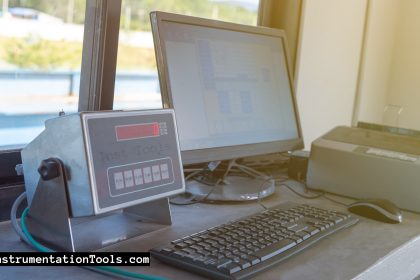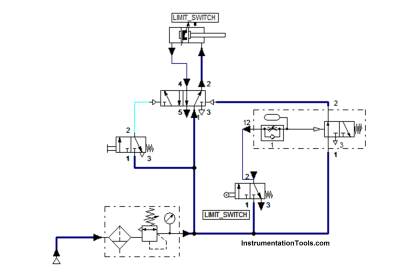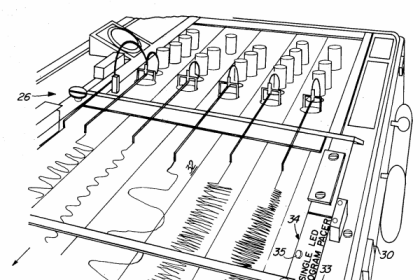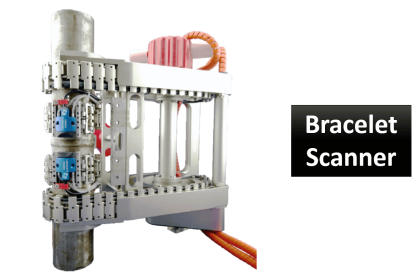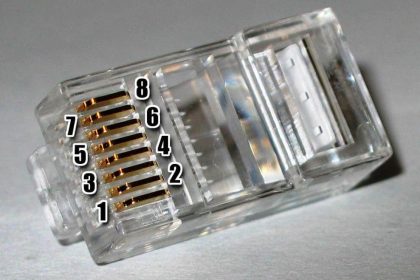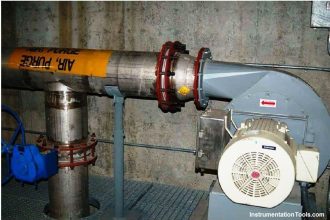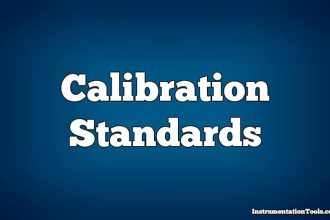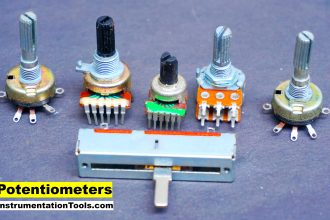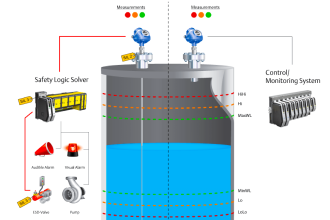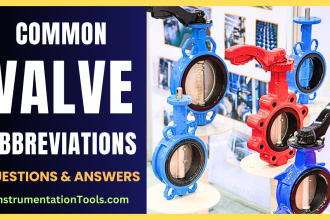You love cooking and coming up with dishes that are massive hits during potlucks and reunions. So, you’re thinking about starting a business, assuming it’s as easy as scaling up your home kitchen. Think again! Before you pattern your station after Gordon Ramsay’s or picture yourself on the packaging of the world’s best cookie, how well do you understand the importance of food safety?
Customers deserve high-quality and safe products—and there are reasons to be concerned. The Centers for Disease Control and Prevention (CDC) states that about 48 million people get sick from foodborne diseases annually in the U.S. Of these, 128 thousand get hospitalized, and 3,000 die from poisoning and complications.
In this guide, we will learn about the essential food safety equipment and tools to ensure your business is not only successful but also responsible.
Food Safety Equipment and Tools
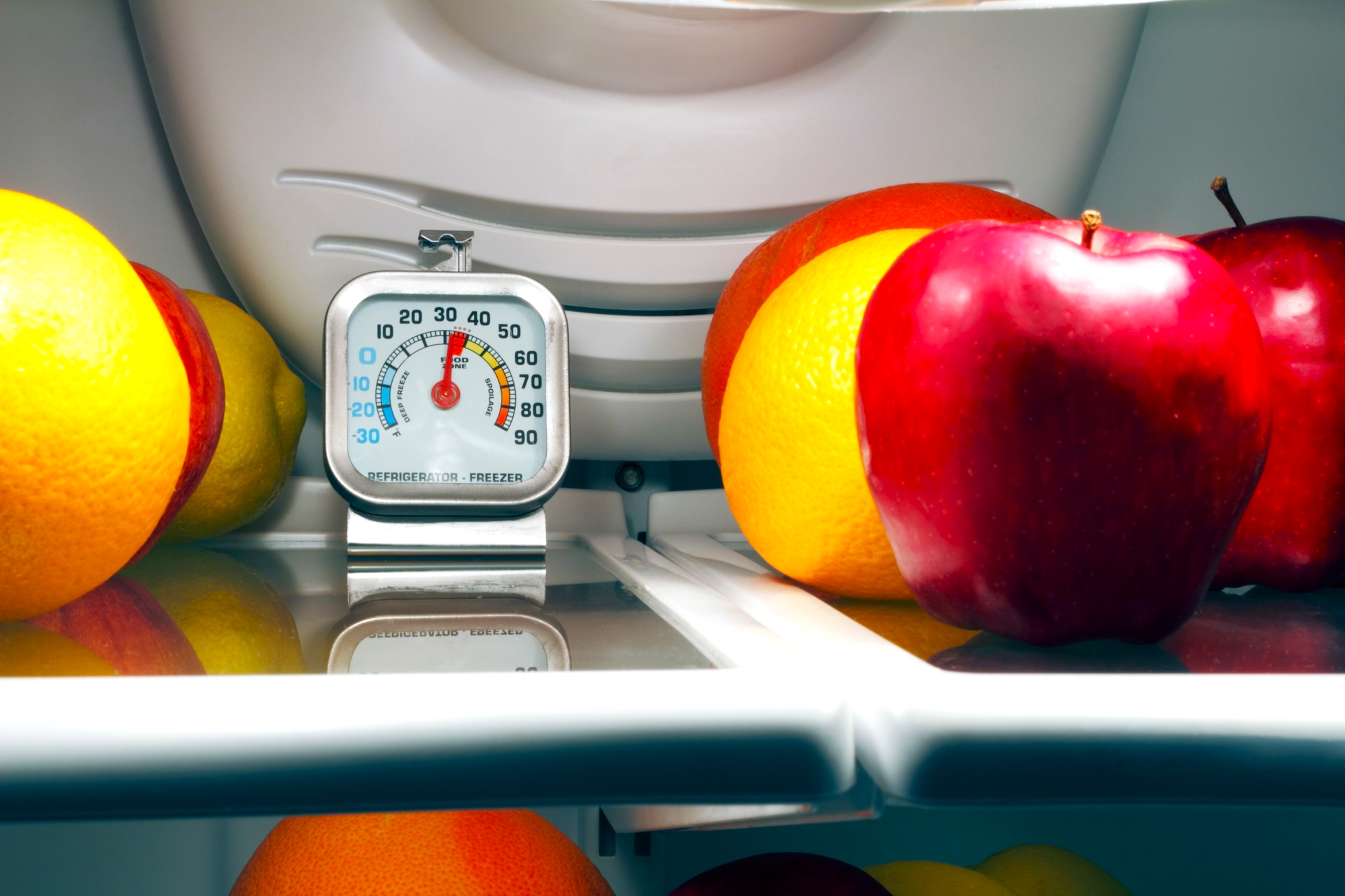
Food safety equipment is crucial in maintaining high hygiene standards and preventing foodborne illnesses in food-related businesses. These tools and devices help companies to comply with food safety regulations and protect their customers’ health.
Here is the list of common food safety equipment and tools:
- Food thermometers: used to measure the internal temperature of food to ensure safe cooking and storage.
- pH meters: used to measure the acidity or alkalinity of food or beverages.
- Metal detectors: used to detect metal contamination in food products.
- X-ray machines: used to detect foreign objects such as metal, glass, and bone fragments in food products.
- Handheld refractometers: used to measure the sugar content in food or beverages.
- Hygrometers: used to measure the humidity levels in food storage areas to prevent mold and bacterial growth.
- Water activity meters: used to measure the amount of available water in food to prevent spoilage and bacterial growth.
- UV-C sanitizing wands: used to sanitize surfaces and equipment in food production areas.
- Allergen test kits: used to detect the presence of common food allergens such as peanuts, wheat, and soy.
- ATP test swabs: used to measure the level of organic residue on surfaces to ensure proper cleaning and sanitation.
- Color-coded cutting boards and utensils: used to prevent cross-contamination between different types of food products.
- Personal protective equipment (PPE) such as gloves, hairnets, and aprons: used to prevent contamination from employees during food handling and preparation.
- Metal brushes and scrubbers: used to clean and sanitize food processing equipment.
- Storage containers and bins: used to store food products safely to prevent cross-contamination and spoilage.
- Hazard Analysis and Critical Control Points (HACCP) monitoring tools: used to ensure compliance with food safety regulations and prevent foodborne illness outbreaks.
During the inspection of a food business, equipment, and facilities are typically assessed to ensure that the establishment complies with food safety regulations and best practices.
Inspectors will also evaluate the cleanliness of the kitchen, dining area, and restroom facilities. By having food inspection misconceptions explained to business owners, they can focus their efforts and resources on meeting requirements and passing inspections.
The following are some of the equipment necessary to meet food safety standards:
Temperature Control Equipment
These are tools that help maintain appropriate temperatures for food storage, cooking, and holding to prevent bacterial growth and spoilage. They include thermometers, probe thermometers, temperature logs, and automatic temperature monitoring systems.
In the home, an underdone turkey can be baked a few minutes longer. In the food business, processes and standards are set, leaving no room for trial or error. A probe thermometer ensures that food is cooked to doneness at a temperature that won’t allow bacterial proliferation.
Sanitizing Equipment
Sanitizing equipment includes devices used for cleaning and sanitizing surfaces, utensils, and equipment to reduce the risk of contamination, such as chemical sanitizers, sanitizing wipes, high-temperature dishwashers, and UV sanitizers.
It’s also necessary to have a washing area that has hot water with detergent or antibacterial solution and autoclaves for tools that can’t be thoroughly sanitized by soap and water.
Personal Protective Equipment (PPE)
Employees wear PPE, such as gloves, hairnets, aprons, and masks to protect themselves and reduce the risk of cross-contamination. There should also be hand washing stations using foot pedals to prevent the contamination of washed hands.
Food Storage And Handling Equipment
Tools used for safely storing and handling food to prevent spoilage and contamination, such as color-coded cutting boards, airtight containers, and First In, First Out (FIFO) systems.
Refrigerators And Freezers
Temperatures of cold foods, like meat, cheese, and milk, must be kept at a temperature of 41°F (5°C) or lower to prevent the growth of harmful microbes and reduce the risk of foodborne illnesses.
Tips on Food Safety
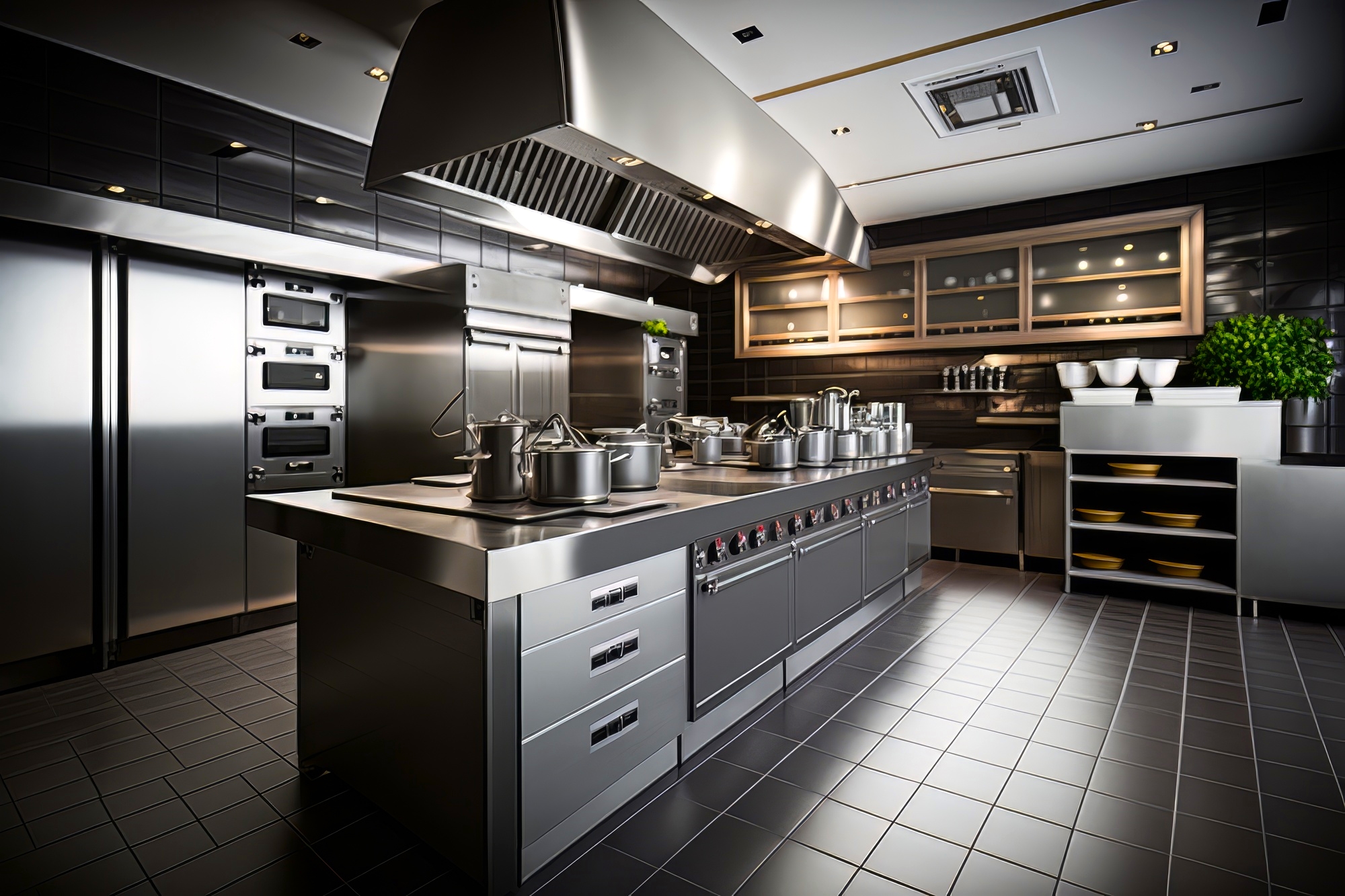
Food businesses should always be on their toes, and when it comes to food safety, microbes, the nemesis, are unseen but leave a trail that can be documented.
Here are some tips that businesses should follow to ensure that the food served or sold is safe and of industry standard:
Maintain A Standardized Manual, Checklists, and Verifiable Logs
Foodborne illnesses can strike anywhere, from restaurants to home kitchens. To minimize risk, follow and log proper food processing, handling, storage, packaging, transport, and preparation practices at all stages. For instance, when receiving produce, identify the source, store it properly, and use it on a first in, first out (FIFO) basis.
Properly using food safety equipment and documenting this with a company manual, process checklist, and logs ensures your business adheres to safety guidelines and regulations. Ensure production and storage areas are clean to prevent contamination and production stoppages. Schedule maintenance for processing equipment and monitor for wear and tear to avoid accidents.
Your standardized manual should cover cleaning and disposal to prevent waste accumulation, bacterial growth, and pest infestations. Checklists ensure all necessary steps are followed, while verifiable logs confirm compliance.
Keep Abreast of Food Regulations and Standards
Whenever possible or affordable, follow the industry’s best practices. For instance, automation reduces human error, ensuring better food safety.
Businesses also need to be more knowledgeable when it comes to inspections. Many health departments offer self-inspection checklists and guidelines to help companies to prepare for inspections. Periodically auditing your business allows you to catch non-compliance and correct these before the inspection date.
Maintain a Continuous Improvement Culture
A strong food safety culture reinforces hygiene, safe food handling, enhances reputation, builds customer trust, and ensures regulatory compliance. This culture requires commitment from everyone, from top management to kitchen and service staff.
Management leads the way in fostering a food safety culture by setting examples, adhering to safety practices, and promoting open communication.
Regular training sessions and workshops keep employees up to date on best practices and changing regulations. By emphasizing food safety at every level, you make it an integral part of your business’s values and daily operations.
Takeaways
By investing in the right equipment, tools, and training, you can ensure that your establishment adheres to high standards of hygiene and safety.
An ongoing commitment to upholding food safety standards allows you to create a thriving environment that benefits your customers, staff, and business.


